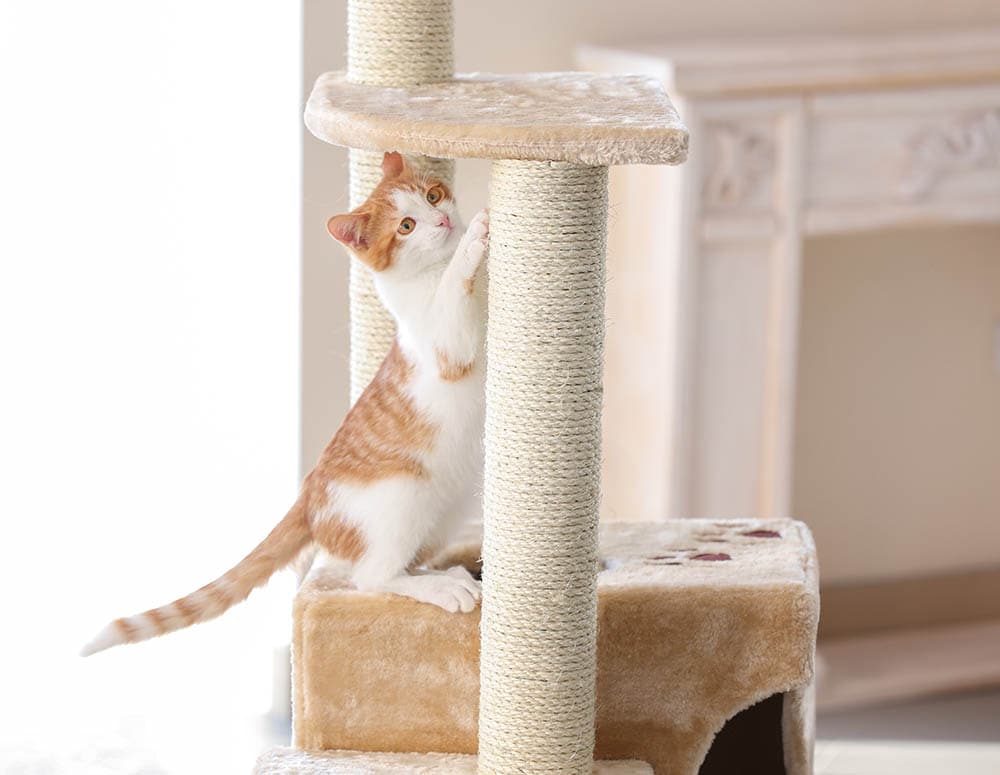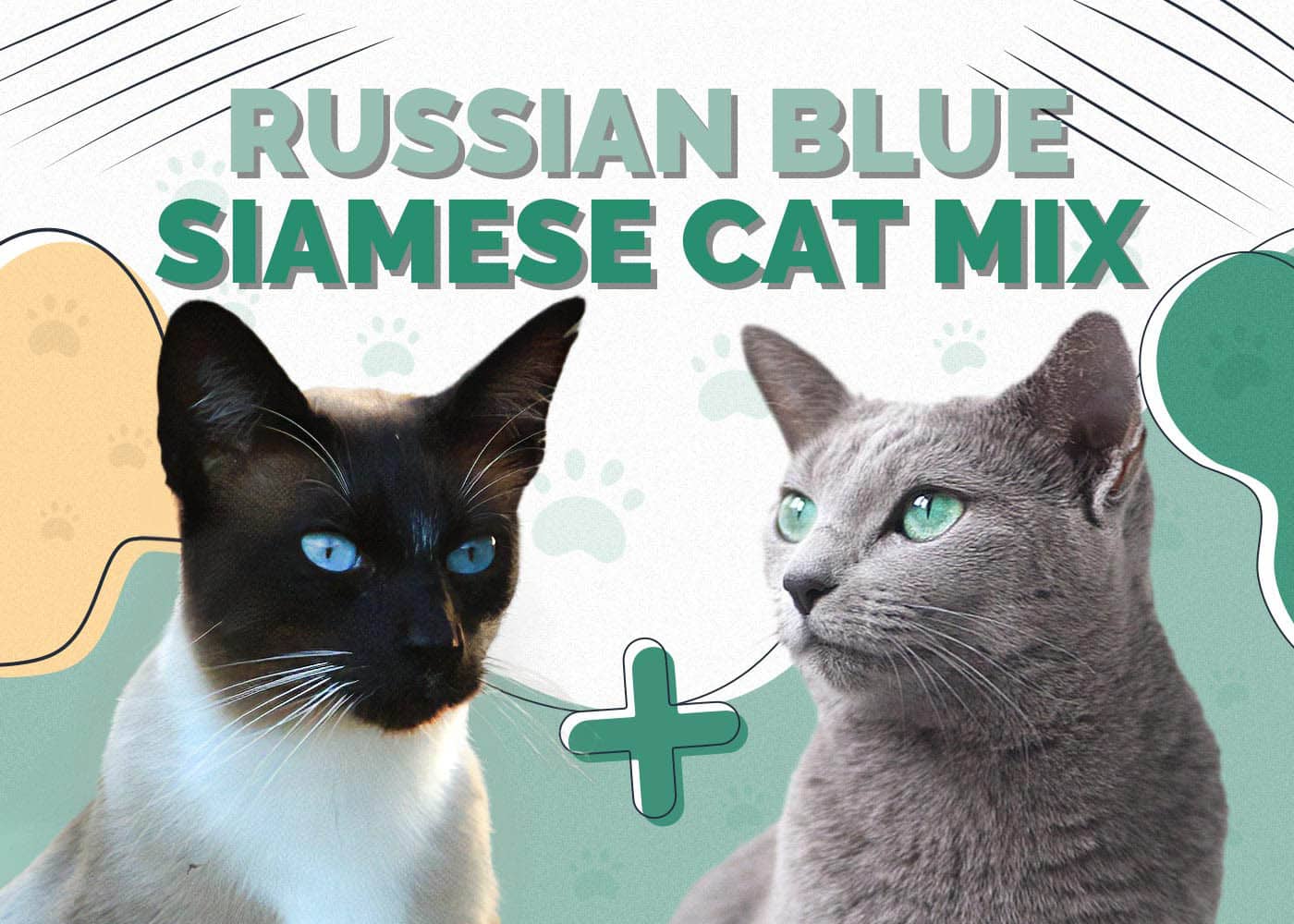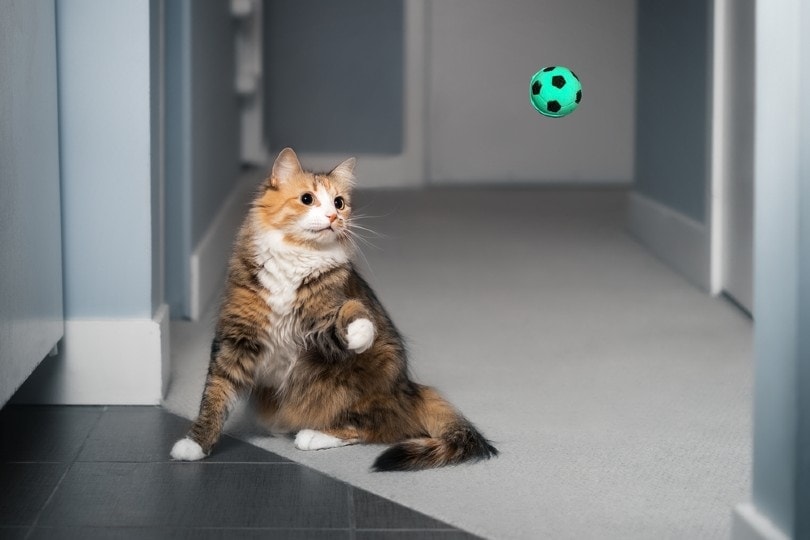Are Snowshoe Cats Hypoallergenic? Vet-Approved Facts & FAQ
By Lorre Luther
Updated on
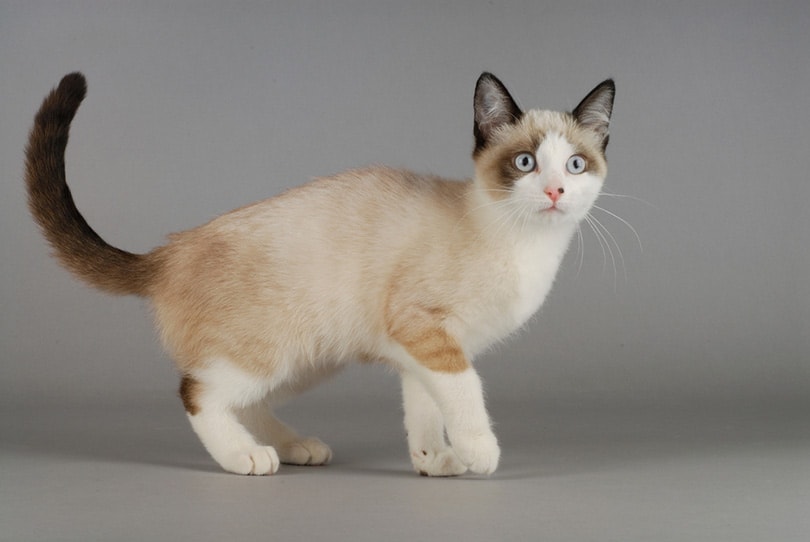
Snowshoe cats are mixes of American Shorthair and Siamese cats. They tend to be devoted and loving, and most are quite social and able to adapt well to a variety of living situations and environments. Snowshoe cats frequently have long lifespans, and many live for 15 to 20 years!
They’re often considered good choices for people allergic to cats, which may have led you to wonder if these kitties are truly hypoallergenic. Snowshoe cats don’t shed too much, but that doesn’t make them hypoallergenic. They still have the proteins on board that generally cause people to have allergic reactions to cats.
What Causes Allergies in Cats?
Allergies kick in when the body’s immune system reacts to triggers. People who are allergic to cats are generally responding to a protein (Fel d1) that’s often found in cat saliva and skin, but other proteins can cause reactions as well! These proteins get on cats’ fur when they groom themselves and collect in the environment when they shed.
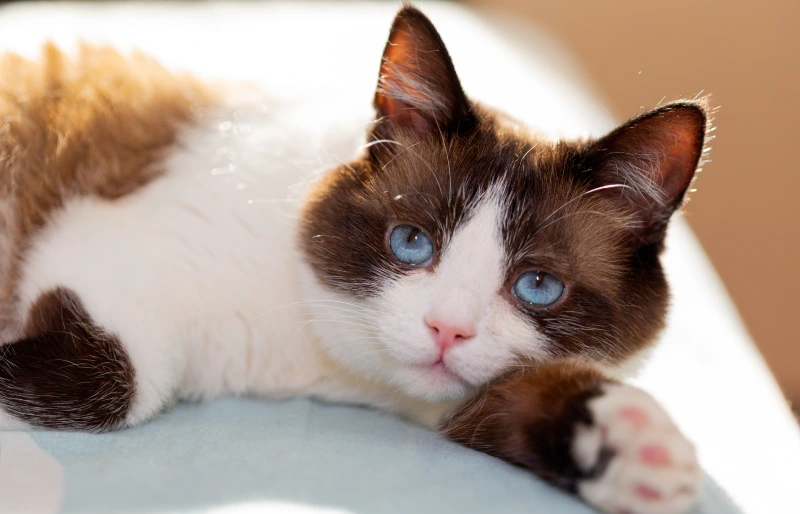
Are There Breeds That Are Good for Allergy Sufferers?
Some suggest that Siberian cats produce less of the protein that often triggers allergic reactions in people. Other breeds that regularly make the list of pets considered less likely to cause reactions include Bengal, Cornish Rex, Devon Rex, and Sphynx cats. Remember that even low-shedding and hairless cats generally produce the proteins that can cause allergies.
It can also be difficult to accurately predict whether a particular cat will trigger a specific person’s allergies. All cats have their unique protein mixes, and there are multiple proteins that can cause symptoms. Some people have reactions to low-shedding cats, and others are generally fine around pets but get the sniffles around particular pets.
What Are Snowshoe Cats Like?
Snowshoe cats usually have remarkable personalities; they love to be around people, and playtime is often a favorite activity. Many become particularly attached to one person, much like Siamese cats often do. Most are happiest in environments where they’re on the receiving end of human attention and get to spend most of their time with companions.
Their Love of Water
Most Snowshoe cats enjoy playing in water; many enjoy swimming and are often interested in learning tricks. They can be creative when it comes to entertaining themselves. A snowshoe cat named Dusty, also known as the Klepto Kitty, brought back thousands of unauthorized items from neighboring homes to his owners.1

Unique Coats and Patterns
Snowshoe cats can be found sporting coats of various colors, including blue point, seal point, and lilac. Most have V-markings on their faces and white paws. Many have pointed coloring with darker feet and tails and lighter bodies. Snowshoe cats generally live long lives, but breed-specific conditions, such as hypertrophic cardiomyopathy and certain types of kidney disease, are sometimes found in the breed.
Do Snowshoe Cats Make Good Family Pets?
Snowshoe cats are known for doing well in homes with kids and other pets. They’re social cats that prefer companionship to being alone. Most are active but relatively mellow, and they’re often up for interacting and playtime.
Are Snowshoe Cats Rare?
Snowshoe cats are relatively rare, and they’ve only been around since the 1960s. They’re also difficult to breed, as getting the right coloring can be tricky. The International Cat Association (TICA) welcomed the breed into the ranks of its championship contenders in the 1990s.
Are Snowshoe Cats Low-Maintenance?
Snowshoe cats have short hair that doesn’t require much weekly attention and doesn’t shed much. They need regular dental care, and their claws require periodic trimming. While they’re active and playful, most don’t have high physical activity demands.
Most are fine as long as they’re getting regular playtime. Although Snowshoe cats are pretty easy to care for when meeting their physical requirements, these friendly, people-oriented cats can become unhappy when not getting enough social interaction and companionship.
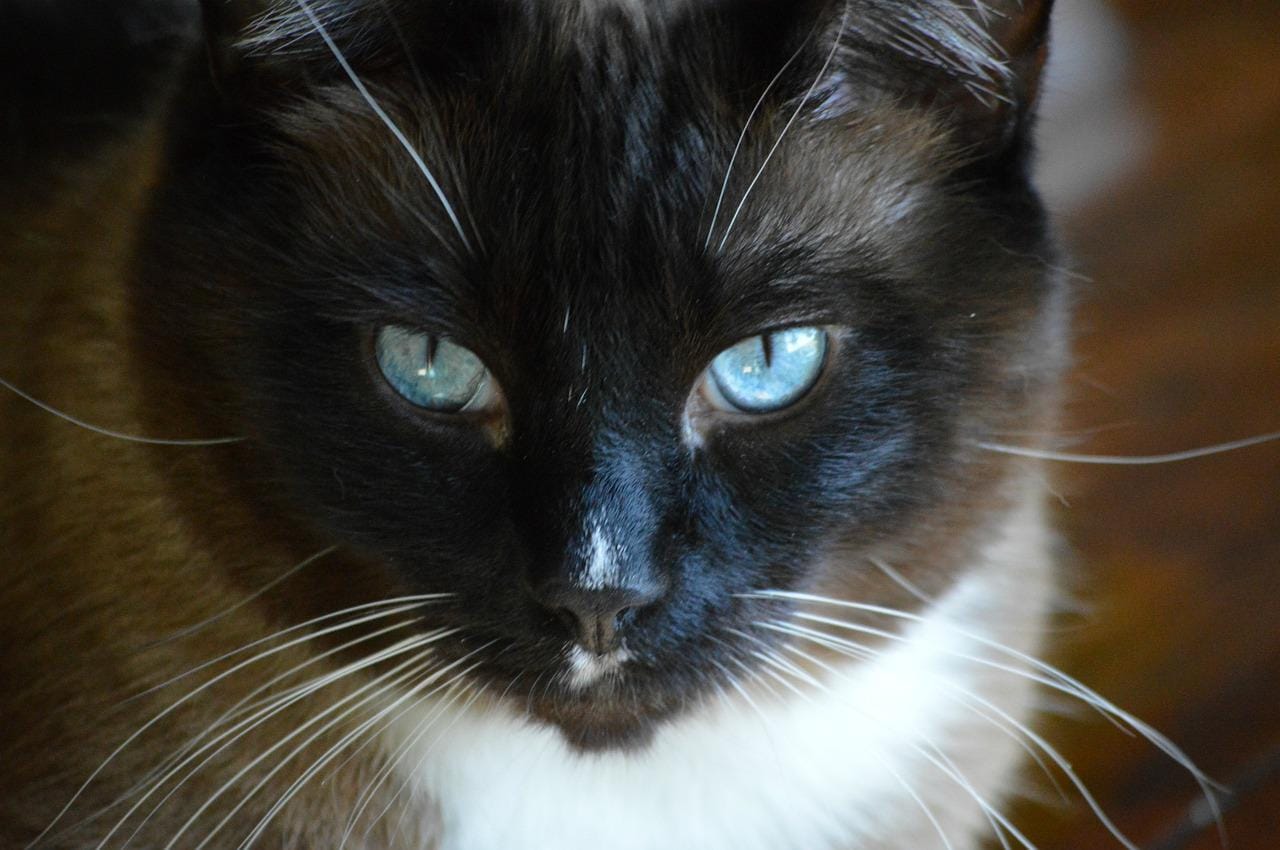
FAQ
Are There Ways to Tell if I’m Allergic to Cats?
There are tests doctors can use to accurately identify allergies. For those who are diagnosed as being allergic to cats, immunotherapy (otherwise known as allergy shots) may help reduce the severity of symptoms in some people over time.
Are There Pets Who Are Better for Allergy Sufferers Than Cats?
Dogs trigger allergies in fewer people than cats, and small mammals, such as hamsters and gerbils, tend to be confined to smaller areas of the house, often causing allergy sufferers fewer problems, overall.
Is There Research Being Done Into Other Ways to Deal With Cat Allergies?
Researchers are currently exploring ways to vaccinate cats so they no longer produce allergens, and some commercial cat foods are designed to reduce the Fel d1 production.
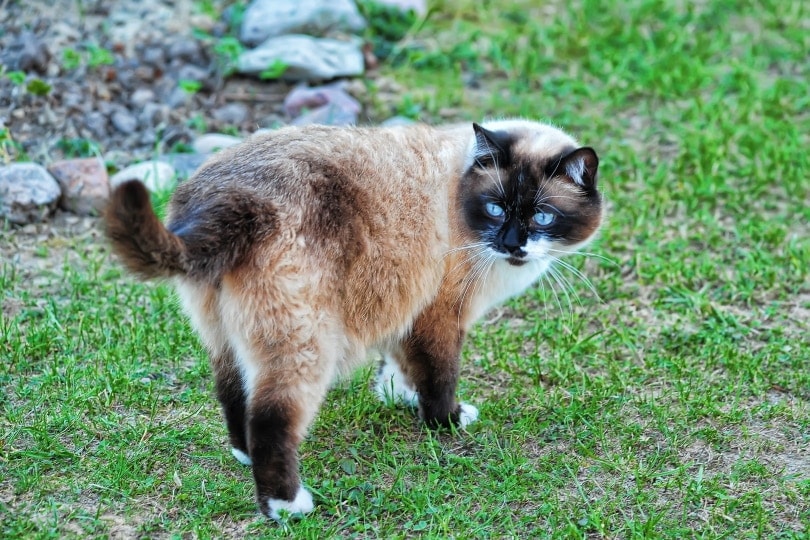
Conclusion
Snowshoe cats have the best qualities of Siamese and American Shorthair cats. They’re sweet, involved, loving, and social, but these fantastic companions aren’t hypoallergenic. Their short fur is simple to maintain, and they don’t shed much, but they still secrete the proteins that cause reactions in people sensitive to cats.
Ultimately, hypoallergenic cats don’t exist. They all produce proteins that can potentially result in human immune responses. Allergy shots can reduce symptoms for some allergy sufferers, but it often takes time to build up a tolerance.
See also:
- How Big Do Snowshoe Cats Get? Average Weight & Growth Chart
- Snowshoe Cat Colors and Patterns (With Pictures)
Featured Image Credit: COULANGES, Shutterstock


